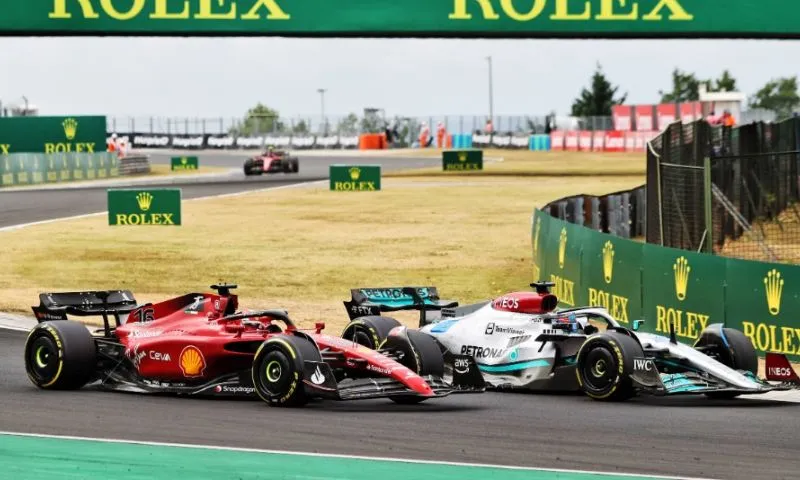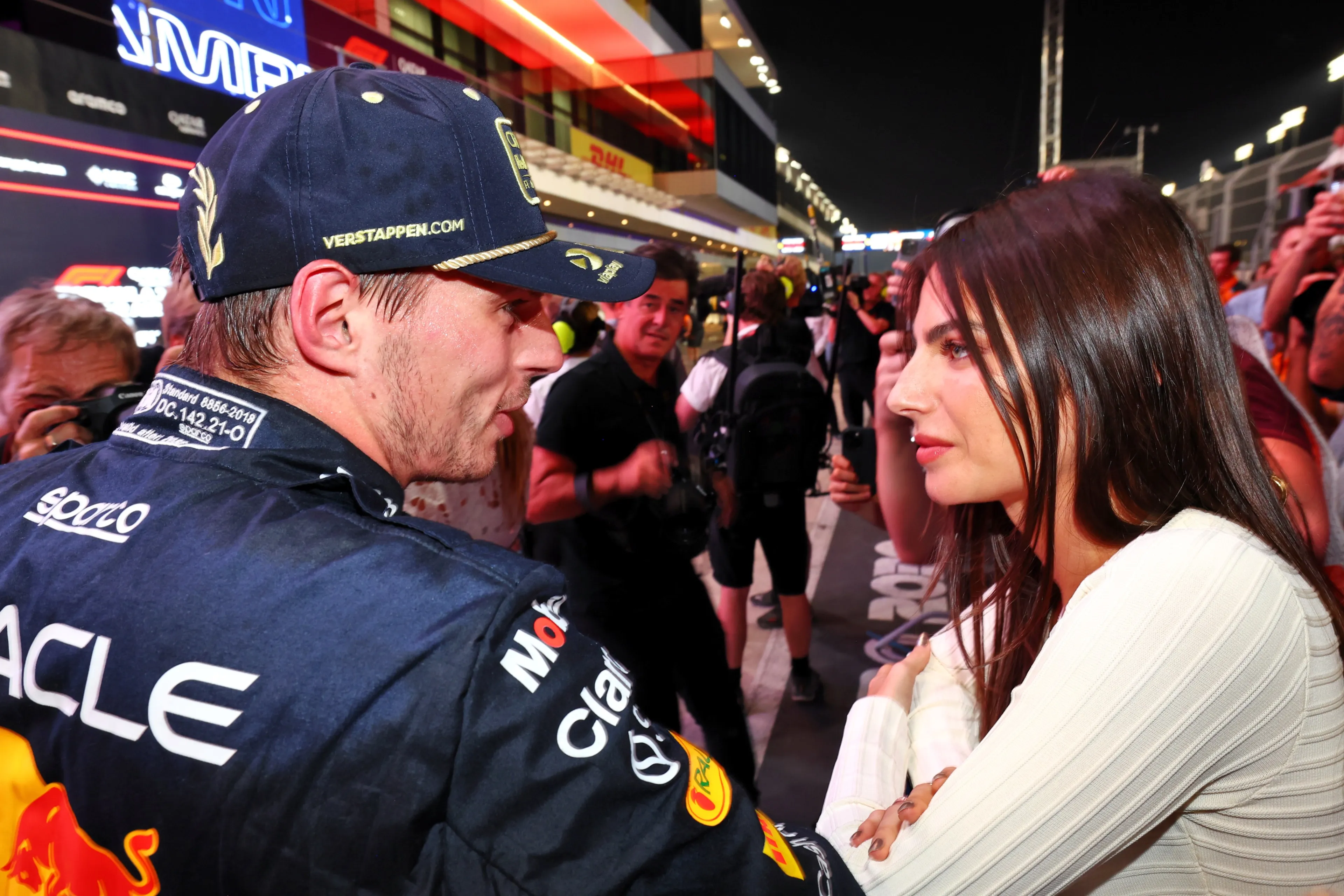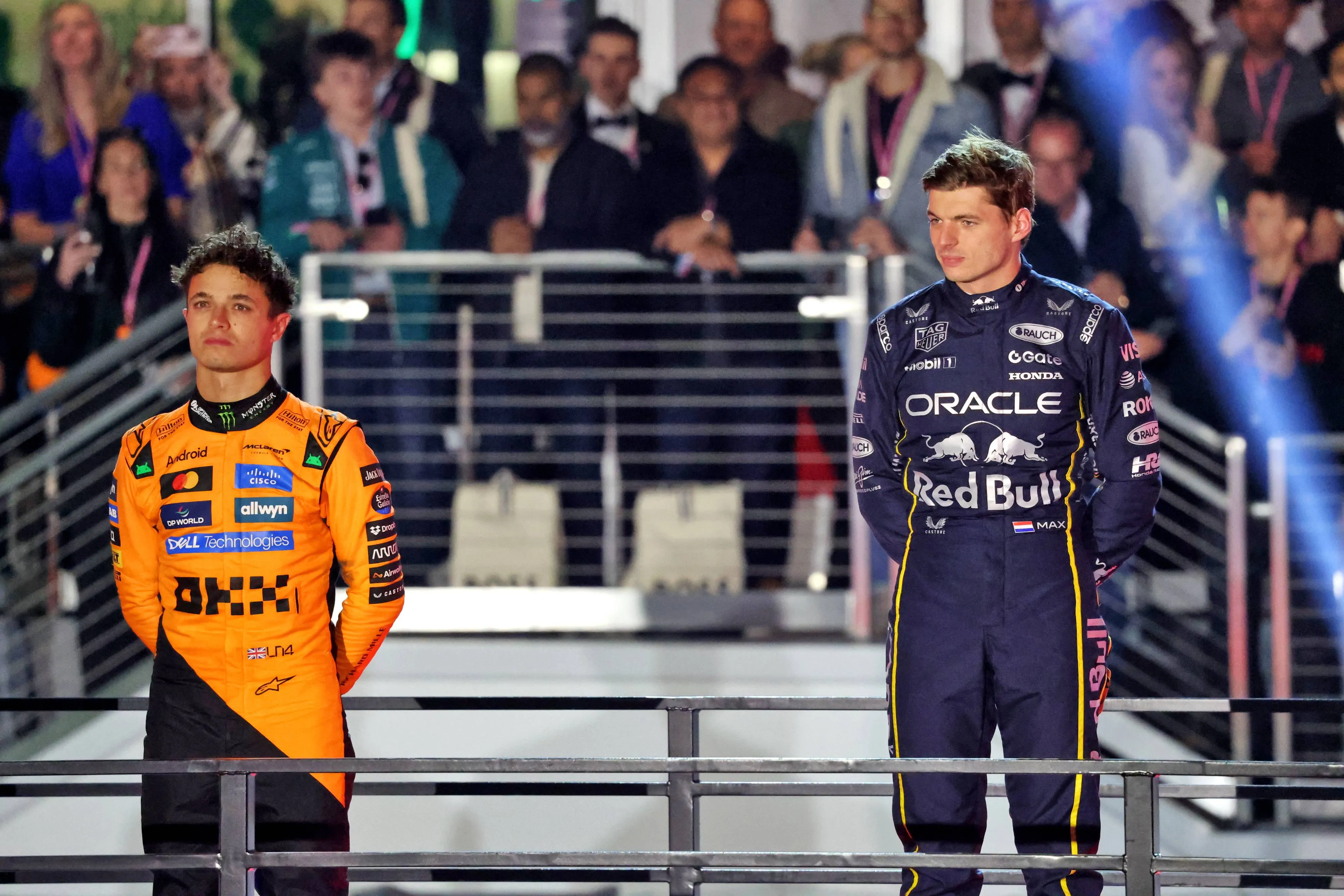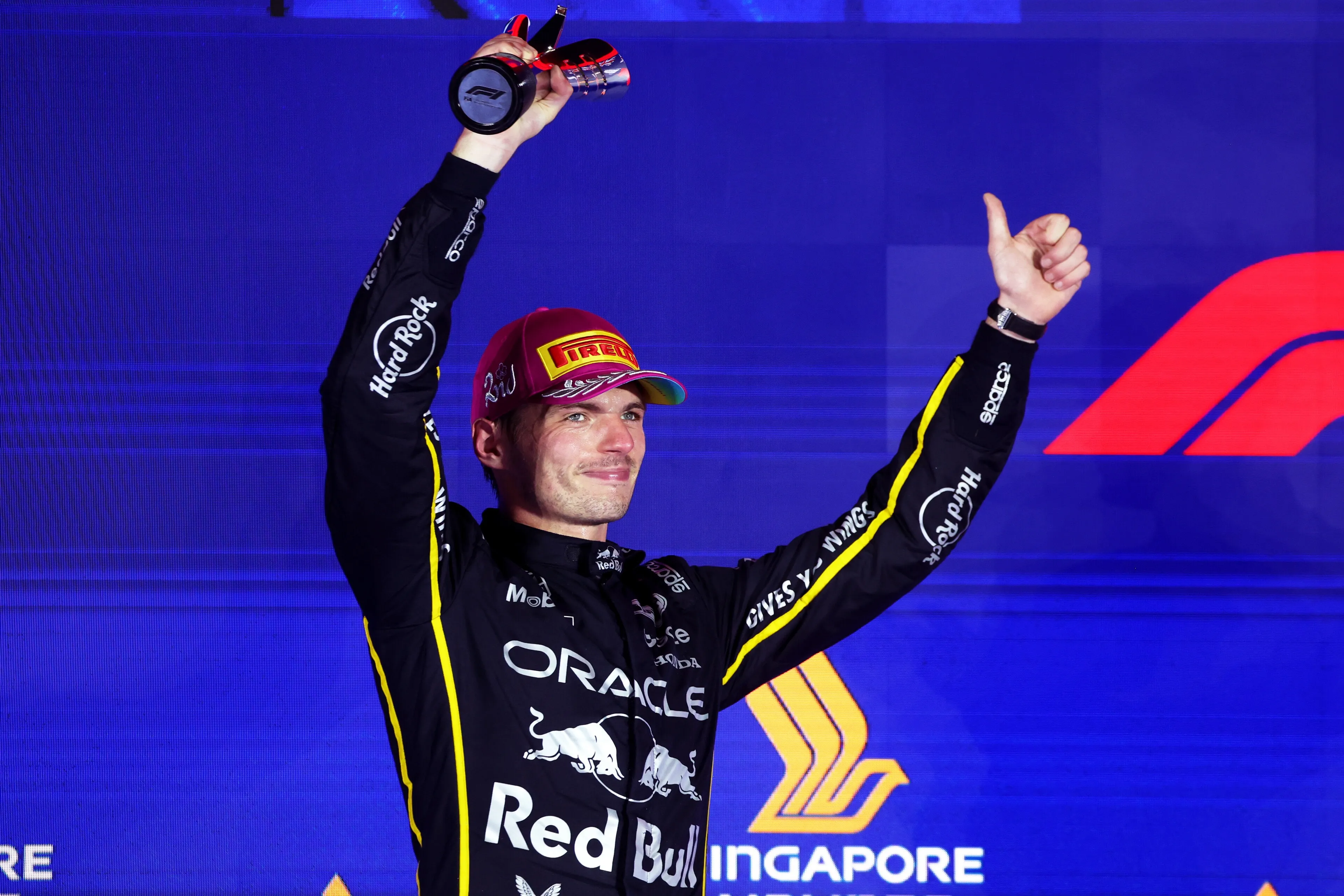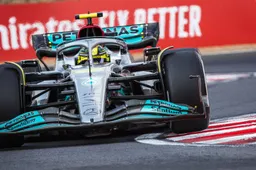The Formula One teams are preparing for the second half of the season, which starts at the end of August at the circuit of Spa-Francorchamps. Behind the scenes, however, they are working on one more deadline, as the final part of the engine freeze is coming up. GPblog takes stock of the situation.
How did it work again?
As new engine regulations are planned from the 2026 season, the FIA decided with the teams to freeze the development of the power sources in the coming years. It ensures that the engine suppliers are given the opportunity to fully focus on the new engine and not have to complete a double programme to keep the teams' performance high in the coming years.
Red Bull Racing was one of the drivers behind the freeze. The Austrian team knew Honda would be leaving and wanted to continue using the Honda engine in the coming years. Red Bull eventually got the teams to agree to the policy, allowing it to work with Red Bull Powertrains on the future.
As of March 1, several parts are already not allowed to be changed. These include the ICE (V6 engine), exhaust system, engine oil specification, turbo, MGU-H and fuel specification. Until the 2025 season, teams will only be able to use the versions of the parts approved before the deadline in the race pool.
What is no longer allowed from 1 September?
For a number of aspects, the teams enforced a later deadline so that they could still tinker with the performance of the power unit. In addition to the 1 March deadline, the FIA therefore decided to include the 1 September date in the regulations, allowing the racing teams to make improvements to the engine in three areas.
In the areas of energy storage (battery), MGU-K and specification upgrade of the control electronics, the formations still have the opportunity to improve their cars in the coming weeks. However, when the new month begins, the focus of the engine suppliers will be on 2026 and the teams will be stuck with their current performance.
Are there any exceptions to the rules?
As is often the case in sport, there will be engine exceptions until 2026. For example, the FIA allows changes to the engine, but the direct aim is not to improve performance.
It is clear that the teams will always argue that the requested changes are for other reasons, but the organisation has found a solution. Whereas the FIA only deals with applications with reliability, safety, cost reduction or minimal incidental changes as their objective, there is a second step.
The FIA will take the same application to the other engine suppliers to give their view on the matter. They will then have every opportunity to make their views known, after which the organisation will make a decision. It will therefore not be easy to make changes to the engine after 1 September.
However, minor adjustments to the engines are allowed. However, these are details that will not allow teams to get much more speed out of their cars. The FIA therefore seems to be keeping a close eye on the situation in the coming years.
What does this mean for Ferrari?
Primarily Ferrari has busy weeks ahead of them. The Italian team found out that their engine was less reliable than hoped for, causing Carlos Sainz and Charles Leclerc to retire from the race. Earlier it was announced that Ferrari will bring an engine update before September 1st.
This engine update will, with the knowledge of the engine freeze, provide the necessary reliability. However, it remains to be seen whether it will completely remove Ferrari's problems. The Italian factory will therefore not be quiet in the coming weeks.
Mattia Binotto 's team is facing a big risk. Should it transpire in September that the engine is still not reliable it will be heavily dependent on the competing brands to make changes. If the FIA gives a negative opinion, Ferrari could be facing an ailing year. And then the first world title since 2007 is suddenly far away.
Read more about:
Popular on GPBlog

1
Norris snubbed by King Charles as F1 champions' tradition broken
22898 times read

2
Ferrari lobbies and complains, but FIA refuses to budge after Red Bull's trick
2600 times read

3
F1 driver hit twice by Safety Car, was 'denied treatmeant unless he paid'
2426 times read

4
From F1 dream to the courtroom: Why the FIA had to pay after rejecting a team
1411 times read
Loading
